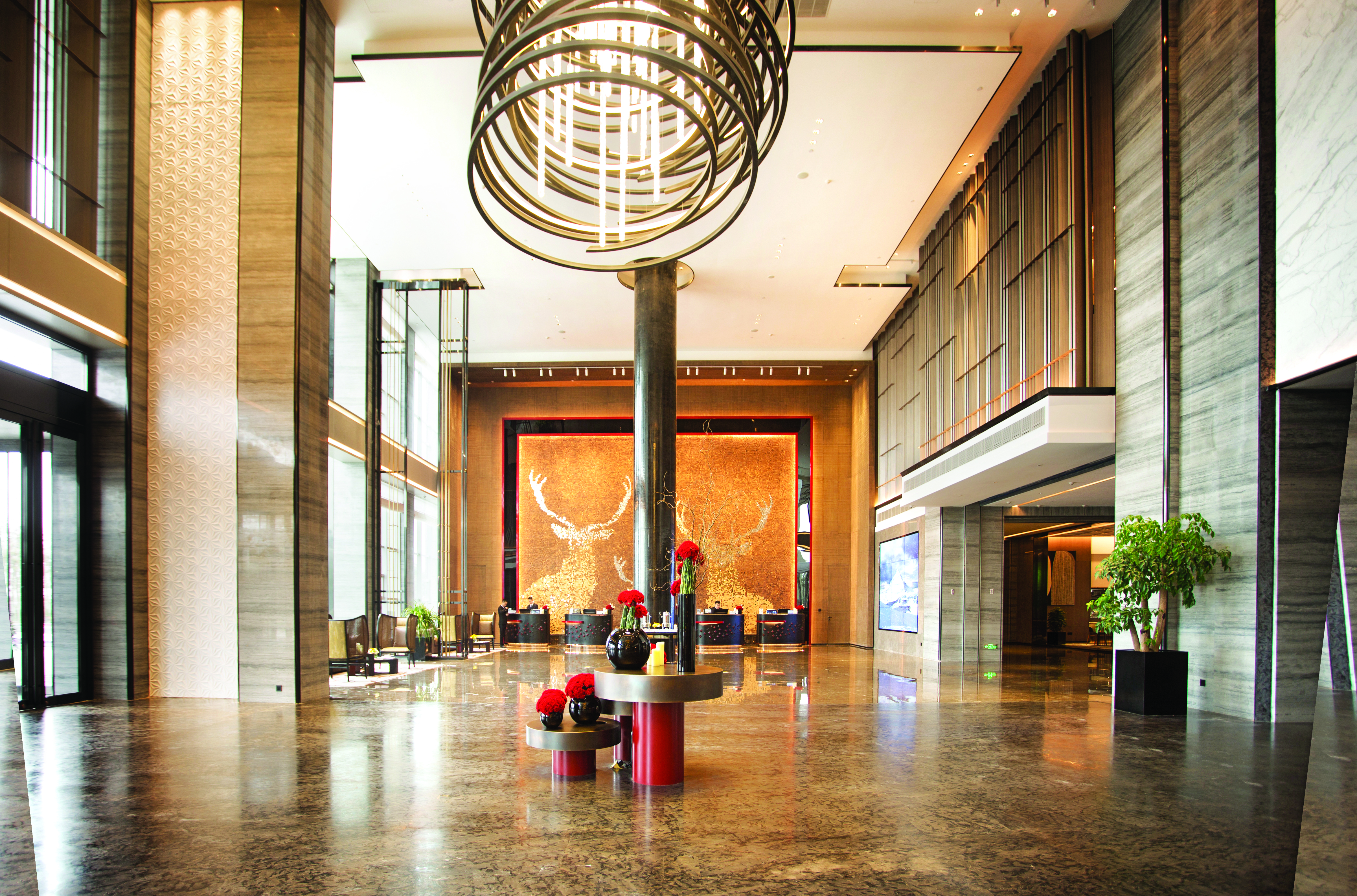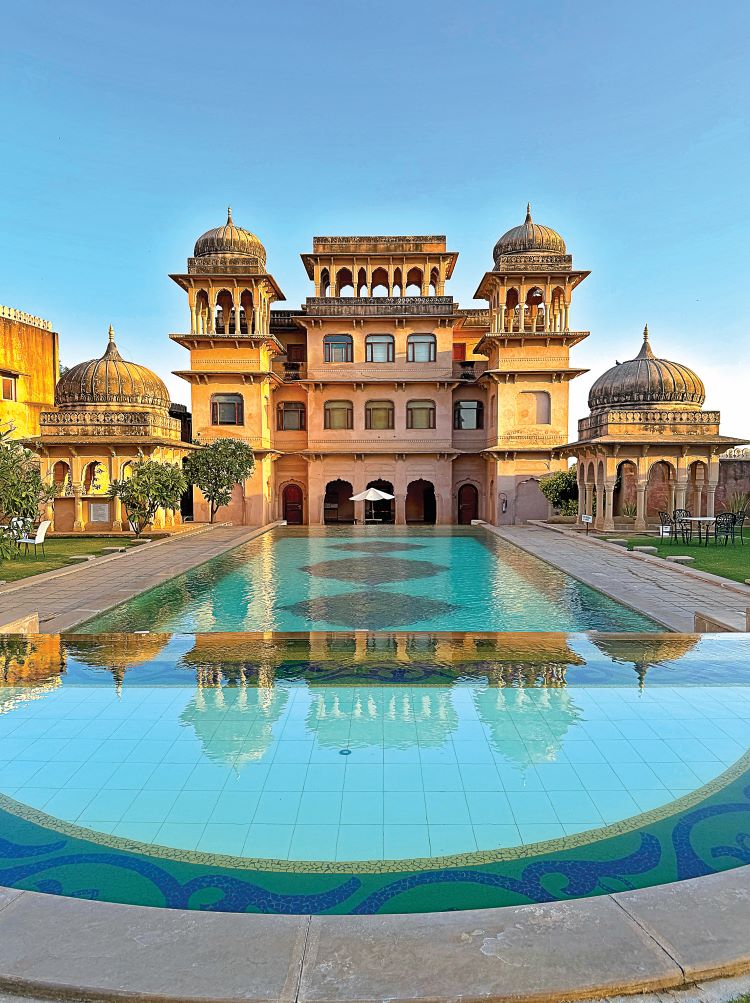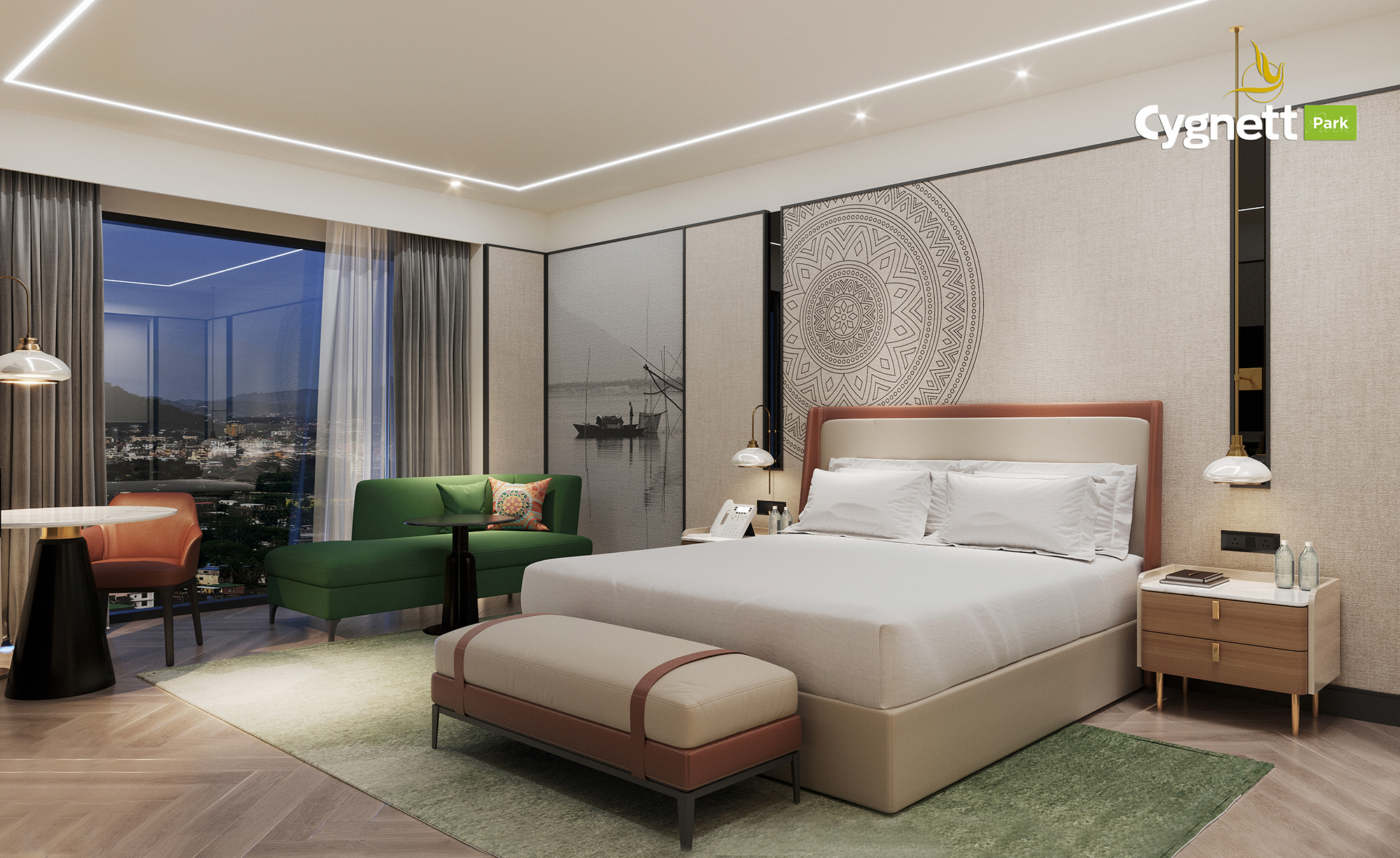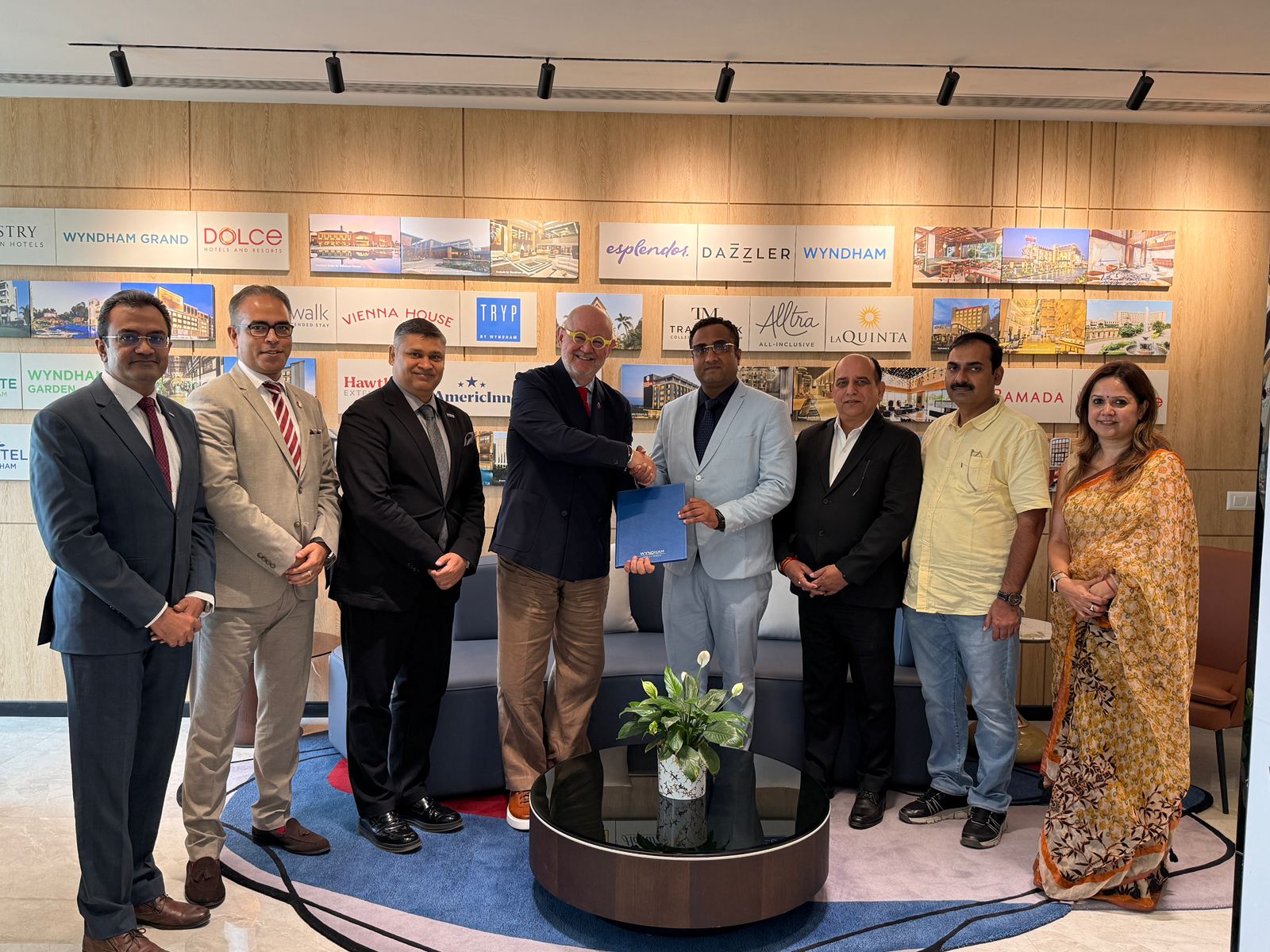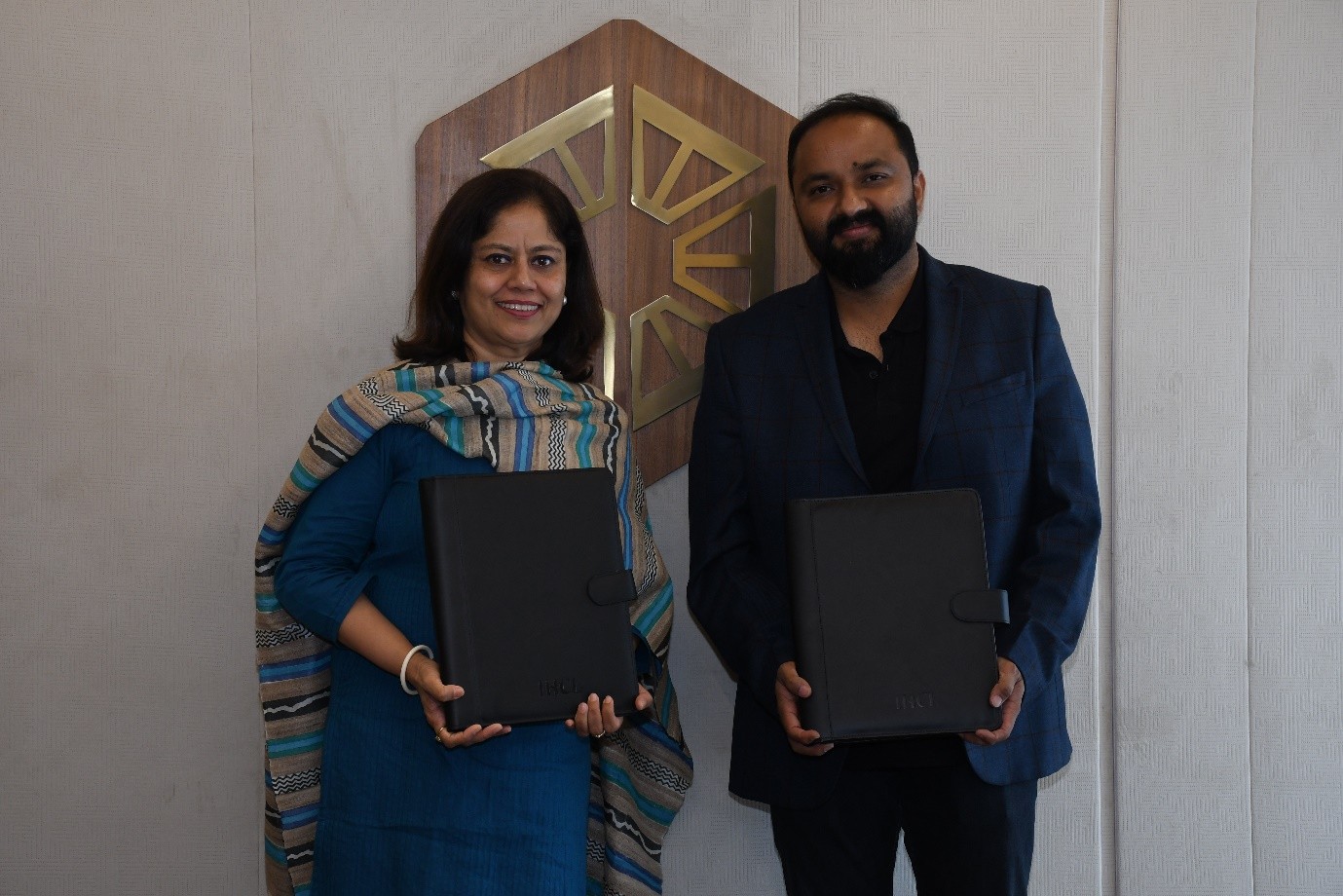Ganesh Madasamy, Creative Director, Aston Design, discusses the evolution of Indian hospitality design, from classical ‘Raj’ interiors to contemporary classics.
In the realm of hospitality interior design, Aston Design shines as a pioneer of innovation, bringing forth creative concepts that go beyond mere transformation of brands. At the helm of Aston Design’s creative helm is Ganesh Madasamy, the Creative Director based in Singapore. Boasting a 22-year career in hospitality interior design, Madasamy has garnered acclaim for his excellence in both design and service. His career showcases a portfolio of award-winning projects that encompass diverse scales and styles across the APAC region.
In the tapestry of Indian hospitality, the transition from classical ‘Raj’ interiors to a contemporary classic marks a journey that caters to travellers of all ages. Madasamy sheds light on this evolution, emphasising the infusion of technology into design, while upholding timeless principles.
Drawing inspiration from local conversations and the vernacular nuances of a place, designers find themselves immersed in the richness of culture and nature. The era of grandiose lobbies, once a symbol of ego pacification, is now a thing of the past. Recognising the value of real estate, owners are compelled to creatively optimize smaller spaces. The challenge lies in bringing out the best in tighter spaces rather than succumbing to restrictions. The key to this challenge involves the strategic use of materials, creative planning, and out-of-the-box thinking. A critical question that resonates with designers is, “How to make a space look and feel bigger?” Madasamy emphasises the significance of using the right materials, adopting creative planning, and embracing unconventional thinking as the keys to unlocking the potential of confined spaces.
The continuation of this challenge involves considerations of budgets in the realm of tight spaces. He stresses the importance of designers commencing projects with a clear understanding of allocated budgets. He says good design emanates from a creative thinking process that incorporates local materials and leverages available workmanship quality. The term Bleisure introduces a paradigm shift in the way businessmen experience resorts or hotels. The concept envisions spaces catering to the needs of businessmen and the desires of their families. Madasamy explores various spatial connections and facilities to create a harmonious environment for both.
Sustainability is a non-negotiable aspect of modern design. The need for designers in the industry to champion sustainable luxury. Understanding the locality and tapping into locally available resources become vital elements in this commitment to sustainable practices. From the Ananda in the Himalayas to the regal Imperial in New Delhi and the recently inaugurated JW Gofshire in Bengaluru, each project tells a unique story. The award-winning JW Shenzhen Boan stands as a testament to seamlessly blending local culture with modern sophistication, capturing the phoenix story in a subtle and contemporary manner.
“The era of grandiose lobbies, once a symbol of ego pacification, is now a thing of the past.”


